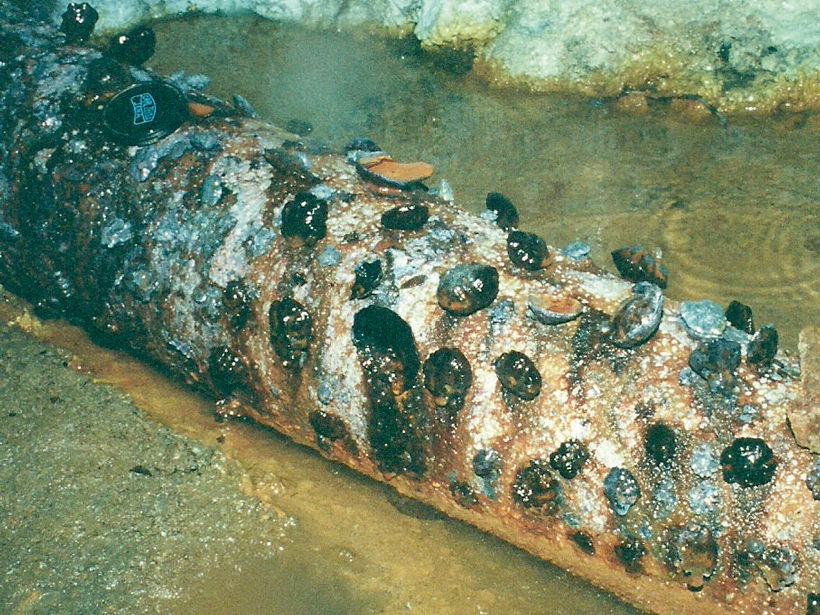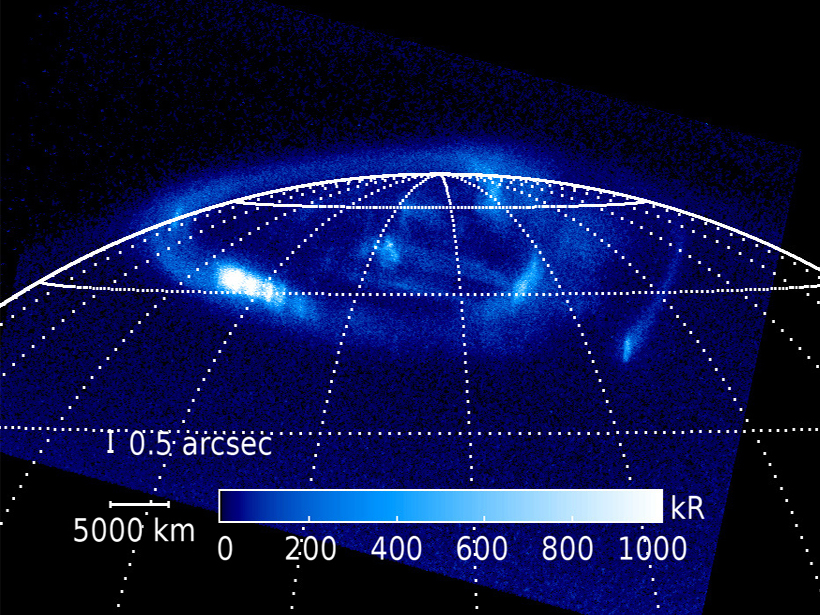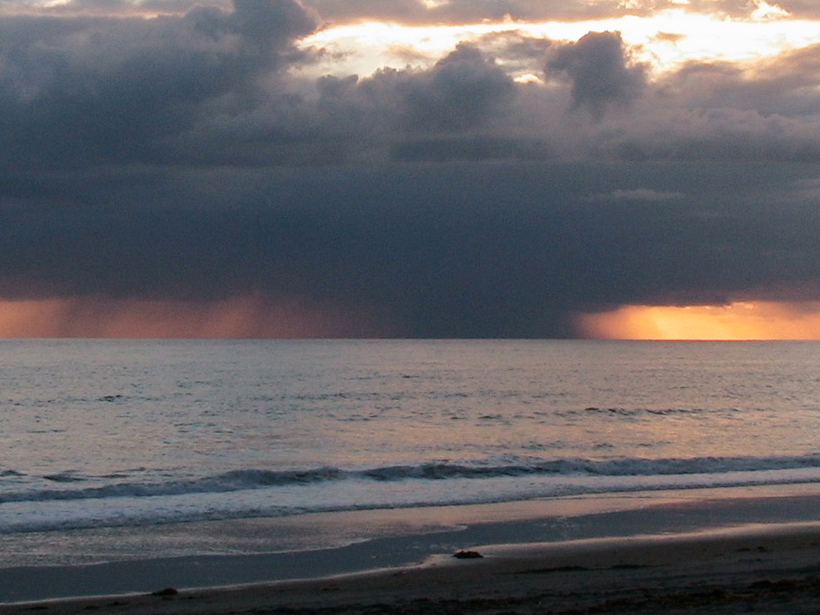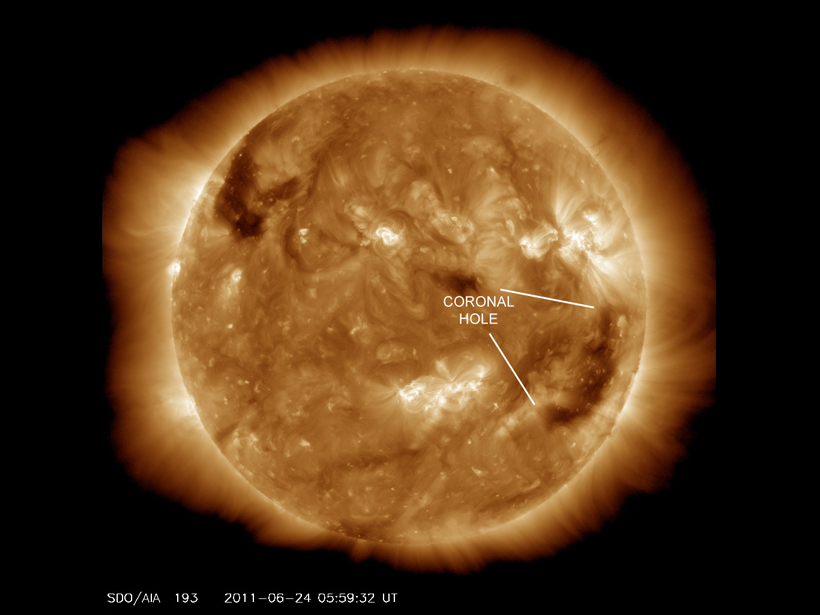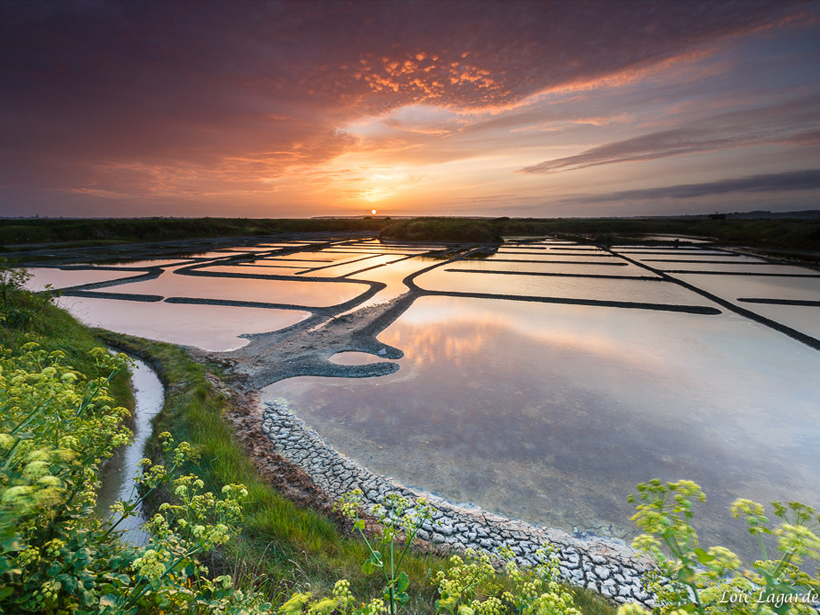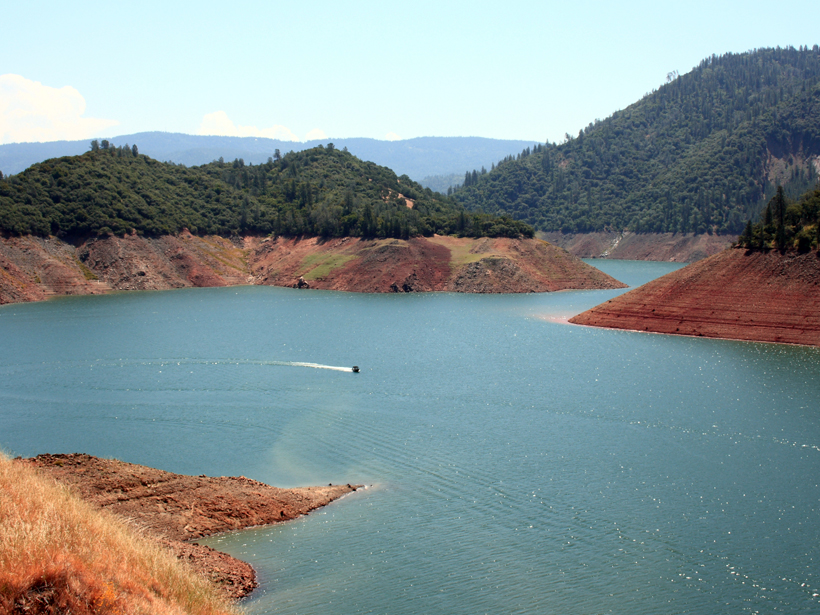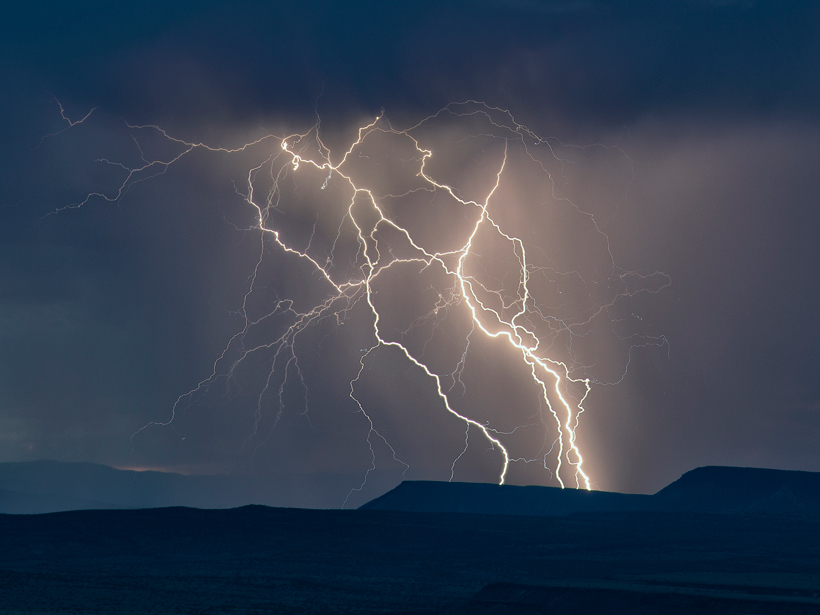Computer simulations show that adding tiny droplets of ice to the atmosphere during the spring could help eliminate chlorofluorocarbons and repair the hole in the ozone layer.
Research Spotlights
Research spotlights are plain-language summaries of recent articles published in AGU’s suite of 24 journals.
Microbial Communities Form Iron Shells in Abandoned Mines
Fungi and bacteria deposit metal ions on steel objects left behind by miners. These metals form strange clam-like shells on the steel surfaces.
Predicting Space Weather on a Satellite Superhighway
Scientists combined 82 satellite years of data to create a more comprehensive model of how plasma behaves in a region of Earth's magnetosphere with heavy spacecraft traffic.
How Powerful Is Jupiter's Aurora?
Scientists have mapped Jupiter's spectacular aurora in unprecedented detail with the Hubble Space Telescope.
Cool Downdrafts in Large Thunderstorms Captured by Satellite
Orbiting scatterometers can reveal patterns of cool air in mesoscale convective systems.
Largest Grains Dominate River Bedrock Erosion Rates
The effect of particle size on bedrock erosion rates adds complexity to modeling bedrock channel evolution.
Refining Solar Wind Models to Better Predict Space Weather
Despite decades of space-based observations of the Sun, scientists still struggle to make precise predictions of the solar wind.
Surface Climate Processes Keep Earth's Energy Balance in Check
Models show that an abrupt increase in carbon dioxide emissions would trigger feedback processes that would change Earth's hydrological cycle.
Global Warming Intensifies Drought Conditions in California
The rise in global temperatures has amplified naturally occurring drought conditions in California and has increased the chance of severe droughts in the future.
Lightning "Impulses" Improve Models of Global Electrical Circuit
New simulations of how thunderstorms drive electrical currents through the Earth's atmosphere combine precision with computational speed.


